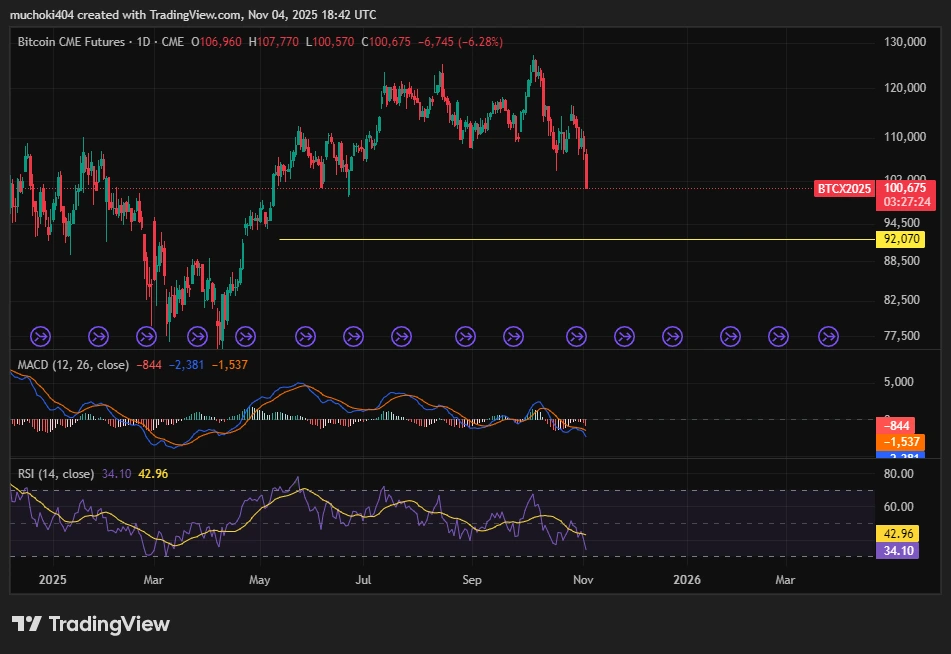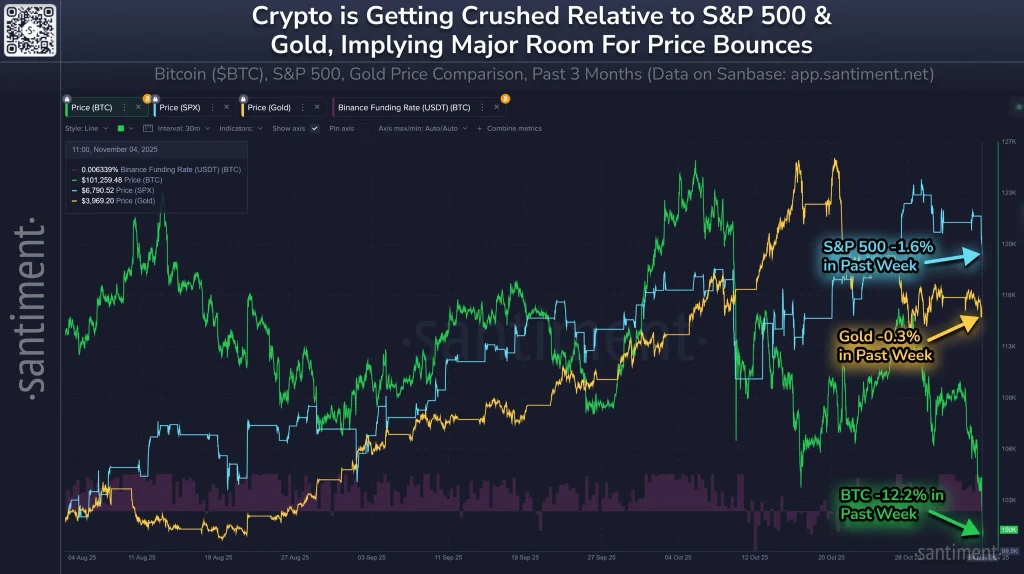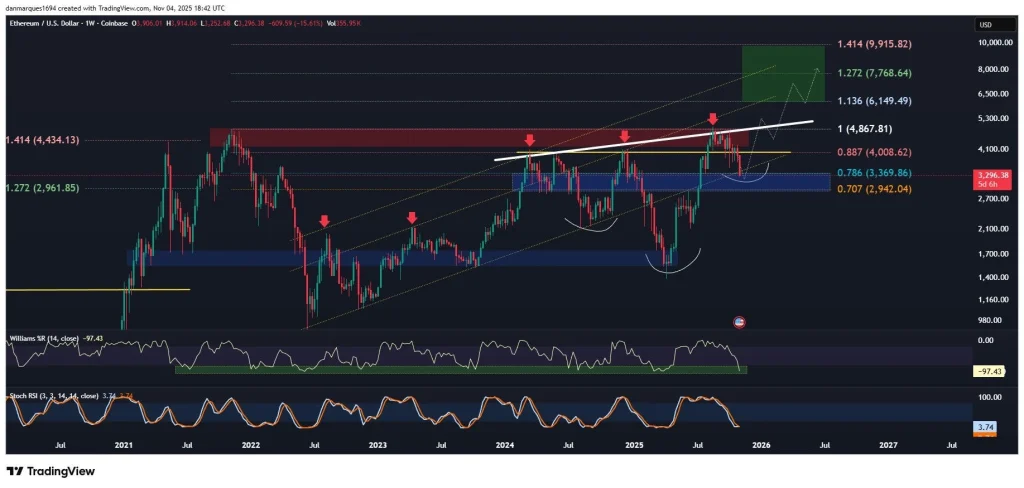Delicate Busan Agreement Relieves Trade Strains, Geopolitical Issues Remain Unsettled
- U.S. and China sign "Busan Truce" trade deal in South Korea, reducing tariffs and easing rare-earth export controls amid global economic tensions. - Agreement includes 10% U.S. tariff cuts on Chinese goods and China's one-year suspension of retaliatory tariffs, boosting agricultural trade and tech sector access. - Deal aims to stabilize economies ahead of 2026 tech negotiations but faces fragility due to past noncompliance, unresolved semiconductor disputes, and geopolitical risks. - Market optimism foll
In Busan, South Korea, President Donald Trump and Chinese President Xi Jinping have reached a significant trade pact, signaling a major change in U.S.-China relations during a period of rising global economic strain. Known as the "Busan Truce," this agreement features tariff cuts, agricultural pledges, and a temporary halt to restrictions on rare-earth exports, indicating a careful attempt to reset a relationship that has long shaped international trade, according to
A central element of the deal is a 10% reduction in U.S. tariffs on Chinese goods such as electronics and machinery, lowering the overall rate from 57% to 47%, as reported by

Another key aspect of the agreement is agricultural collaboration. China has agreed to resume large-scale imports of U.S. soybeans, corn, pork, and wheat, providing much-needed support to American farmers affected by export disruptions since the 2018 trade conflict, according to the STL News report. This initiative is projected to inject $15–25 billion into rural communities and strengthen Trump’s trade agenda ahead of the 2026 midterm elections, the STL News report added.
Although the pact stops short of sweeping reforms, it addresses urgent economic challenges for both nations. For the U.S., reduced tariffs and steady agricultural sales may help curb inflation and stabilize global supply chains. For China, the agreement offers time to address its slowing economy and diversify energy sources, as it also includes increased U.S. liquefied natural gas (LNG) exports, the STL News report noted.
Despite these advances, the agreement remains delicate. Previous deals, such as the 2020 Phase One agreement, have failed due to lack of compliance and ongoing geopolitical disputes. Experts warn of potential issues with China’s enforcement of fentanyl regulations, actual implementation of agricultural purchases, and unresolved matters related to advanced semiconductors and AI chips, as reported by
On the political front, the agreement benefits both leaders. Trump bolsters his reputation as a firm but practical dealmaker, while Xi gains economic relief amid internal pressures. Holding the summit in Busan—a neutral location—highlights efforts to reduce political tensions, though major issues like Taiwan and the South China Sea remain unresolved, according to the STL News report.
The Busan Truce has already generated positive market reactions, with global stock prices climbing and commodity markets stabilizing. Still, as Trump remarked, "we do not have too many major stumbling blocks"—a view that will be tested as the fragile peace is challenged in the lead-up to 2026, as noted by a Tribune India report.
Disclaimer: The content of this article solely reflects the author's opinion and does not represent the platform in any capacity. This article is not intended to serve as a reference for making investment decisions.
You may also like
YFI rises 1.75% on NOV 5 2025 During Brief Pullback and Sustained Upward Trend
- YFI surged 1.75% on Nov 5, 2025, but faces 6.51% weekly/monthly declines and a 44.94% annual drop. - Market remains volatile short-term yet retains long-term bullish momentum from multi-year trends. - Mixed technical indicators show daily RSI recovery but weekly oversold conditions and positive MACD divergence. - A backtest strategy evaluates YFI's rebound potential after 10% single-day drops using 2022 historical data.
Bitcoin Bloodbath: BTC Price Plunges Below $100K as Whales Vanish and Traders Brace for More Selloff

Crypto Get Crushed Relative to Gold and S&P 500, Santiment Predicts a ‘Rubber-Band’ Rebound

